Introduction to Piston Shafts
Piston shafts are critical components in various mechanical systems. They play a pivotal role in facilitating motion, energy transfer, and load distribution. Understanding their design and function is key to optimizing machine performance. Below, we delve into the basics of piston shaft and why they are essential.
What is a Piston Shaft?
A piston shaft is a mechanical component that connects a piston to other parts of a system. It serves as a link between the reciprocating motion of the piston and the linear or rotational motion in the machine. Piston shafts are typically cylindrical, slender, and designed to withstand stress and pressure. They are fundamental in applications such as engines, hydraulic cylinders, and pneumatic systems.
Importance of Piston Shafts in Mechanical Systems
Piston shafts are vital for ensuring the proper operation of mechanical systems. They transfer energy efficiently from the piston to other machine parts. They ensure smooth motion while minimizing energy losses caused by friction. Additionally, piston shafts provide structural stability by supporting the load exerted during the piston’s movement. Selecting the right piston shaft design significantly impacts system durability and performance.
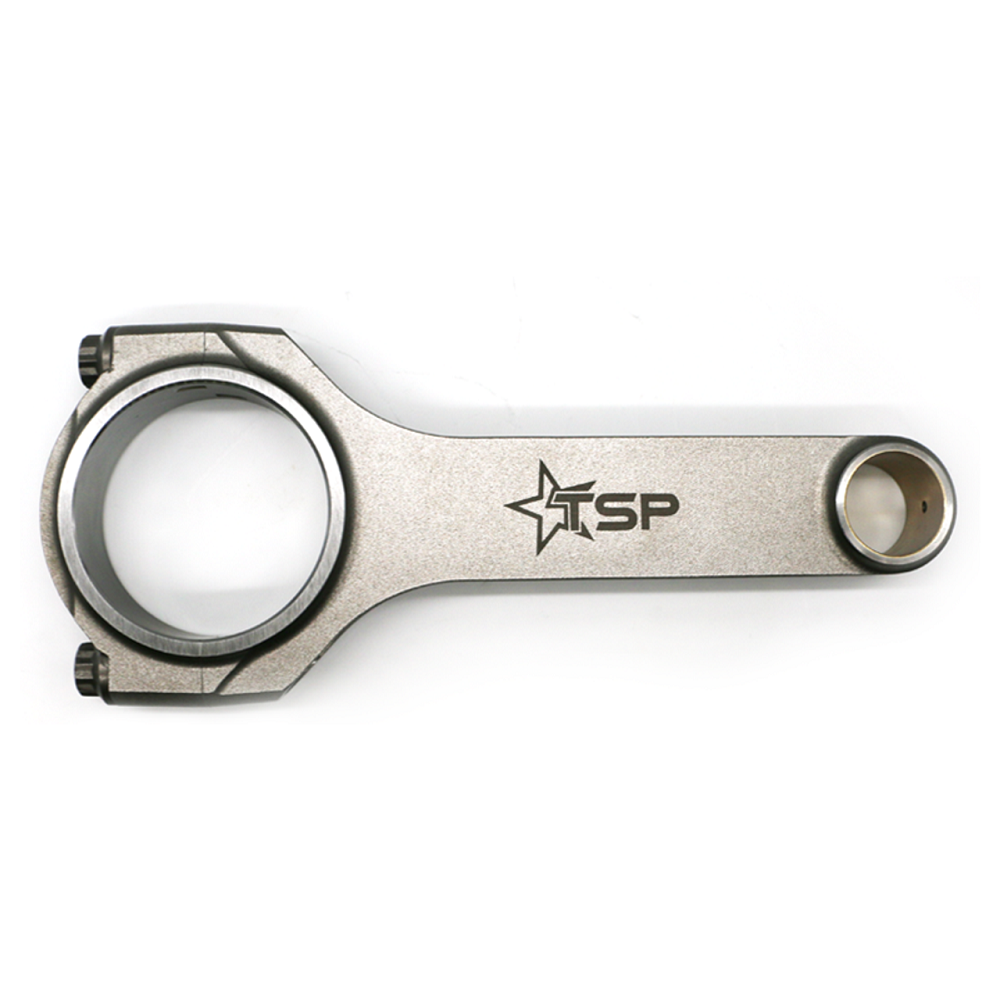
Components of a Piston Shaft
Understanding the components of a piston shaft is crucial for designing efficient mechanical systems. Each part contributes to its overall function and performance.
Material Composition of Piston Shafts
The material of a piston shaft is vital to its durability and strength. Steel is commonly used because it offers high tensile strength and excellent wear resistance. Aluminum alloys can also be used for applications requiring lightweight shafts. In some cases, composite materials are considered for enhanced thermal and corrosion resistance.
Choosing the right material depends on the application’s demands, such as temperature, pressure, and load capacity. Manufacturers must balance these factors to ensure optimal performance and longevity.
Core Structural Elements
Piston shafts consist of several structural elements that support their function. The central rod is the main component, responsible for transmitting force. Bearings or bushings may be included to ensure smooth movement and reduce friction.
Some shafts feature seals to prevent leakage in hydraulic or pneumatic systems. Grooves or threads might be added for better assembly with other machine parts. Each structural element is designed to ensure efficiency and meet specific operational requirements.
A thorough understanding of these components helps engineers and designers create robust and reliable piston shafts for various applications.
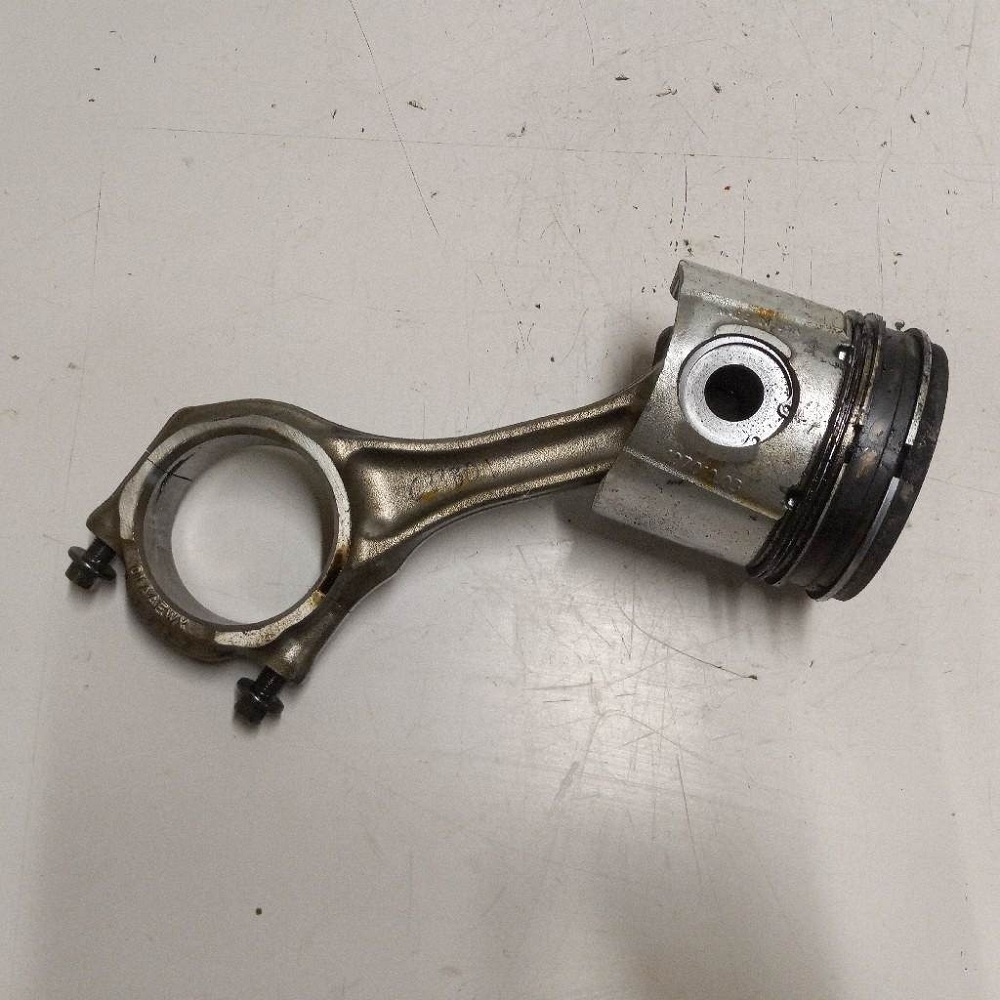
Functions of Piston Shafts
Piston shafts are crucial in mechanical systems. They perform vital tasks to ensure smooth operation.
Role in Reciprocating Motion
Piston shafts convert reciprocating motion into usable linear or rotational movement. This process drives machine parts efficiently. They ensure consistency and prevent motion-related mechanical issues. By stabilizing motion, they enhance the reliability of systems, such as engines or hydraulic devices.
Contribution to Energy Transfer
Piston shafts transfer energy from the piston to connected systems. They reduce energy loss during motion. This efficient transfer optimizes power and reduces wear on components. Manufacturers design shafts to handle pressure and high energy conditions effectively.
Supporting Load Distribution
The shaft carries loads exerted during piston movements. This prevents system failure due to overloading. It also aids in maintaining the structural stability of the connected components. Proper load handling ensures the durability and long-term performance of mechanical systems.
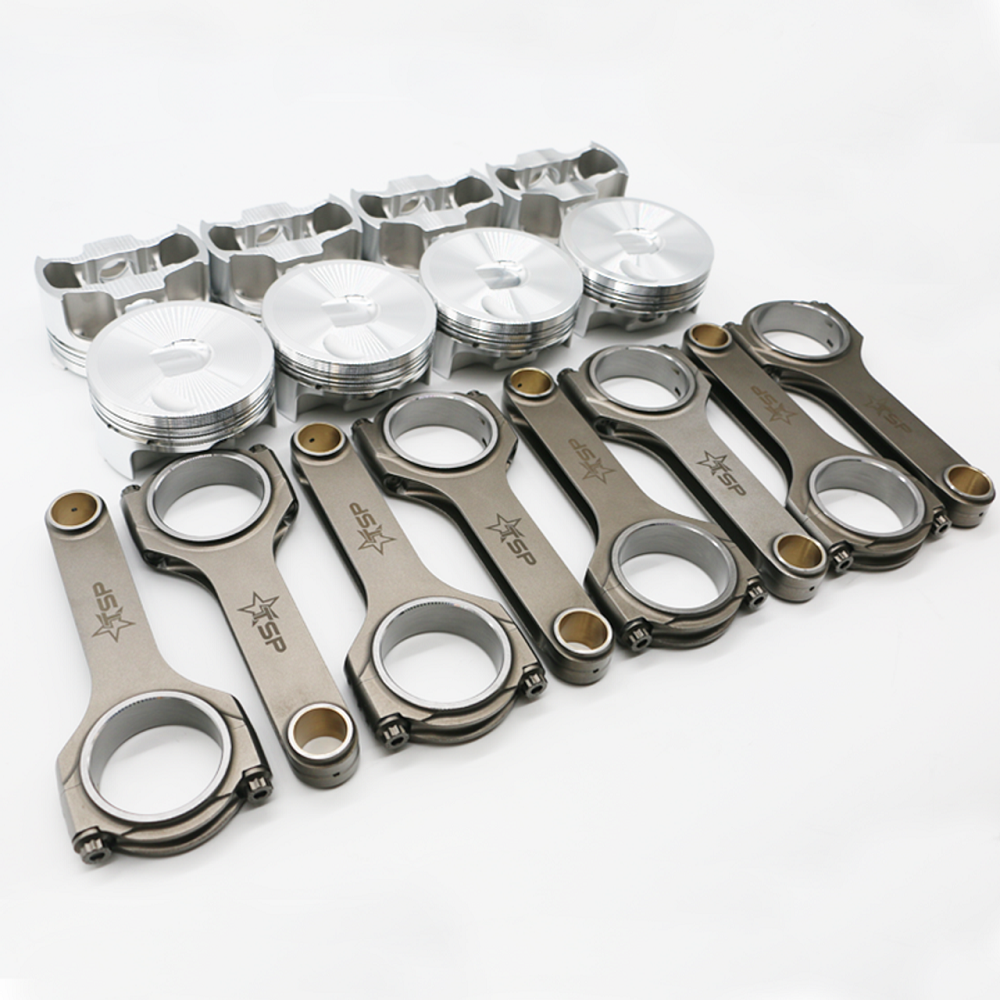
Design Considerations for Piston
Piston shafts require careful design to meet performance and longevity standards. Engineers consider various factors when designing these critical mechanical components.
Factors Affecting Durability and Strength
The durability of a piston shaft depends on its material, manufacturing process, and operating conditions.
- Material Selection: High-strength steel is widely used for durability. Aluminum alloys provide lightweight solutions. Composite materials are sometimes used for added resistance to extreme conditions.
- Manufacturing Process: Forging and precision machining increase strength and reduce defects. Surface treatments, such as hardening, enhance wear resistance.
- Operating Conditions: Shafts must withstand high pressure, intense heat, and heavy loads without deforming or breaking.
Choosing the correct combination ensures that the shaft performs reliably while resisting wear and tear.
Optimization for Performance
To optimize piston shaft performance, engineers analyze motion, energy transfer, and operational efficiency.
- Smooth Motion: Bearings and bushings are added to reduce friction during movement.
- Energy Efficiency: Design minimizes energy loss during the transfer from the piston to other parts.
- Load Bearing: Proper structural reinforcements ensure the shaft can handle repetitive stress.
Optimized designs lower maintenance needs and improve overall system functionality.
Balancing Weight and Efficiency
Lightweight shafts are ideal for mobile systems but must still deliver strength and stability.
- Material Choices: Lightweight materials, like aluminum or composites, reduce the system’s weight without sacrificing strength.
- Structural Design: Engineers use streamlined designs to improve efficiency while minimizing material usage.
Balancing weight and efficiency ensures high performance while reducing energy consumption and system mass.
Common Applications of Piston
Piston shafts are integral to various industrial and mechanical systems. They ensure efficient performance in many applications by facilitating motion and energy transfer. Below are three core industries where piston shafts play a critical role.
Automotive Engines
Piston shafts are vital in automotive engines. They connect pistons to the crankshaft, converting reciprocating motion into rotational motion. This action powers the vehicle and ensures smooth engine performance. High-strength materials like steel are commonly used to handle the pressures and temperatures inside combustion chambers. Modern engines often rely on precision-engineered piston shafts to enhance fuel efficiency and reduce emissions.
Hydraulic Cylinders
Hydraulic systems depend heavily on piston shafts to generate and transmit force. In hydraulic cylinders, the piston shaft transfers pressure-driven force to drive industrial machines or lifting equipment. These shafts require excellent durability to handle high-pressure environments. Engineers design them with seals and surface treatments to prevent leaks and enhance wear resistance. Industries like construction, manufacturing, and agriculture utilize hydraulic systems powered by piston shafts.
Pneumatic Systems
In pneumatic systems, piston shafts convert compressed air energy into motion. They are commonly used in applications such as air compressors, actuators, and robotic arms. Lightweight materials like aluminum alloys are preferred for pneumatic shafts to enhance efficiency and minimize energy loss. Durable designs ensure the reliability of these systems, even in high-speed operations.
Piston shafts’ versatility makes them an indispensable component in these fields, supporting the functionality and longevity of complex machinery.
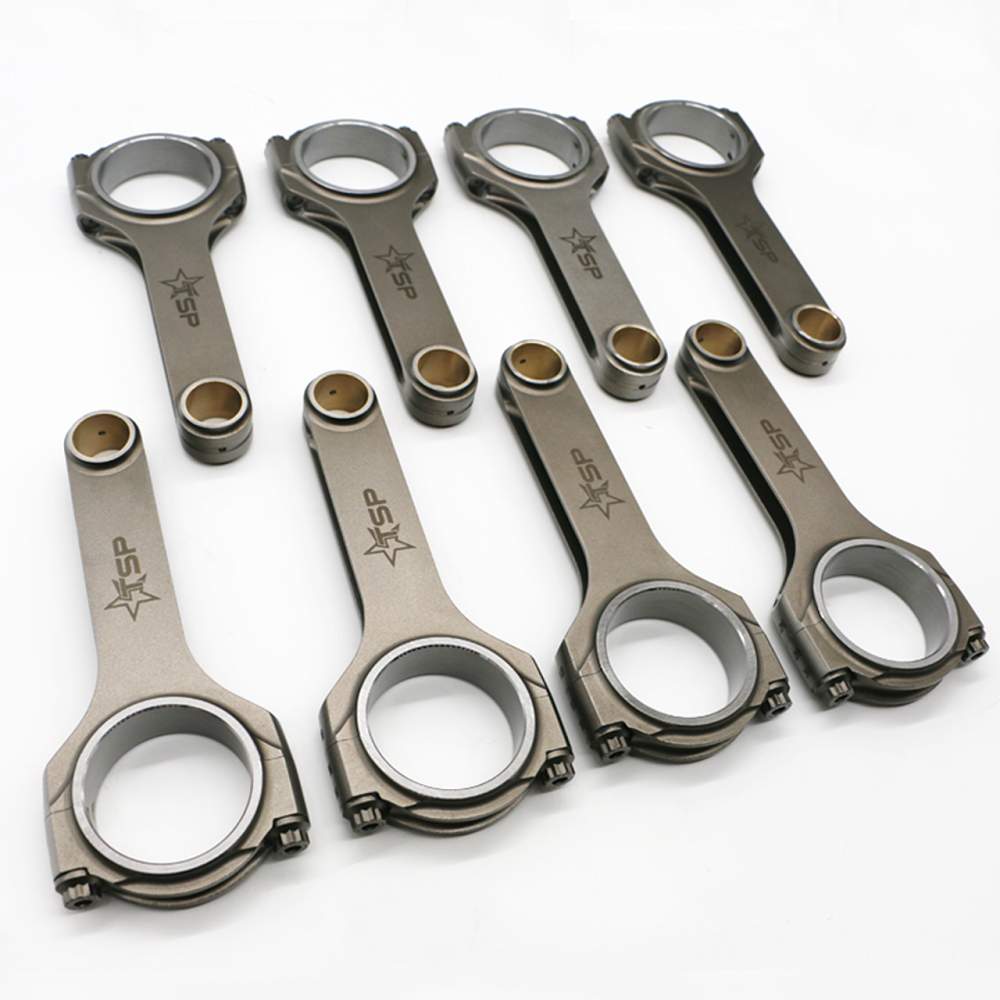
Challenges in Piston Development
Piston shafts face several challenges in today’s demanding mechanical systems. Overcoming these issues is vital for their performance and durability. Below, we examine the key challenges engineering teams must address.
Addressing Wear and Tear
Wear and tear is a common issue caused by constant movement and high stress. Piston shafts endure friction and repeated loading, which can lead to surface damage and failure over time. Manufacturers use surface treatments like hardening or coating to enhance shaft durability. Material choice also plays a role, with stronger alloys reducing wear. Regular maintenance helps detect early signs of wear and prevent sudden breakdowns.
Managing Heat and Pressure
Intense heat and pressure conditions can deform or damage piston shafts. In engines and hydraulic systems, these factors are particularly prominent. Heat can weaken materials, while pressure adds mechanical stress. To counter this, engineers select heat-resistant metals and alloys. Advanced cooling mechanisms and lubricants are also used to minimize temperature-related damage. Testing under extreme conditions ensures the shaft can perform reliably.
Minimizing Friction
Friction between the piston shaft and surrounding components affects efficiency and longevity. Excessive friction generates heat and accelerates wear. Designers incorporate bearings or bushings to ensure smooth movement and reduce direct contact. Proper lubrication further decreases friction, boosting the system’s overall performance. By addressing friction-related issues, manufacturers can extend shaft life and improve energy efficiency.
Technological Advances in Piston Design
Advancements in piston shaft design are reshaping mechanical systems. Engineers now focus on efficiency, strength, and innovation.
Integration of Lightweight Materials
Lightweight materials improve piston shaft performance in modern systems. Aluminum alloys and composites are popular choices. These materials reduce weight while maintaining strength. This makes them ideal for automotive and aerospace applications. Lightweight shafts also lower energy requirements, enhancing fuel efficiency. Engineers balance material selection with durability to meet operational demands.
Use of Simulation and Testing Tools
Simulation tools revolutionize piston shaft design by predicting performance under different conditions. Engineers use software to analyze stress, heat, and pressure effects. These tools help identify weak points and optimize designs. Testing tools validate simulation results in real-world scenarios. Advanced testing ensures shafts withstand harsh environments and meet industry standards. This combination reduces development time and improves reliability.
Future Trends in Piston Shaft Engineering
Future designs will focus on sustainability and innovation. Eco-friendly materials will gain popularity to reduce environmental impact. 3D printing and additive manufacturing might enable customizable and precise designs. Engineers will explore smarter shafts embedded with sensors for real-time data monitoring. These trends aim to enhance performance, durability, and adaptability.
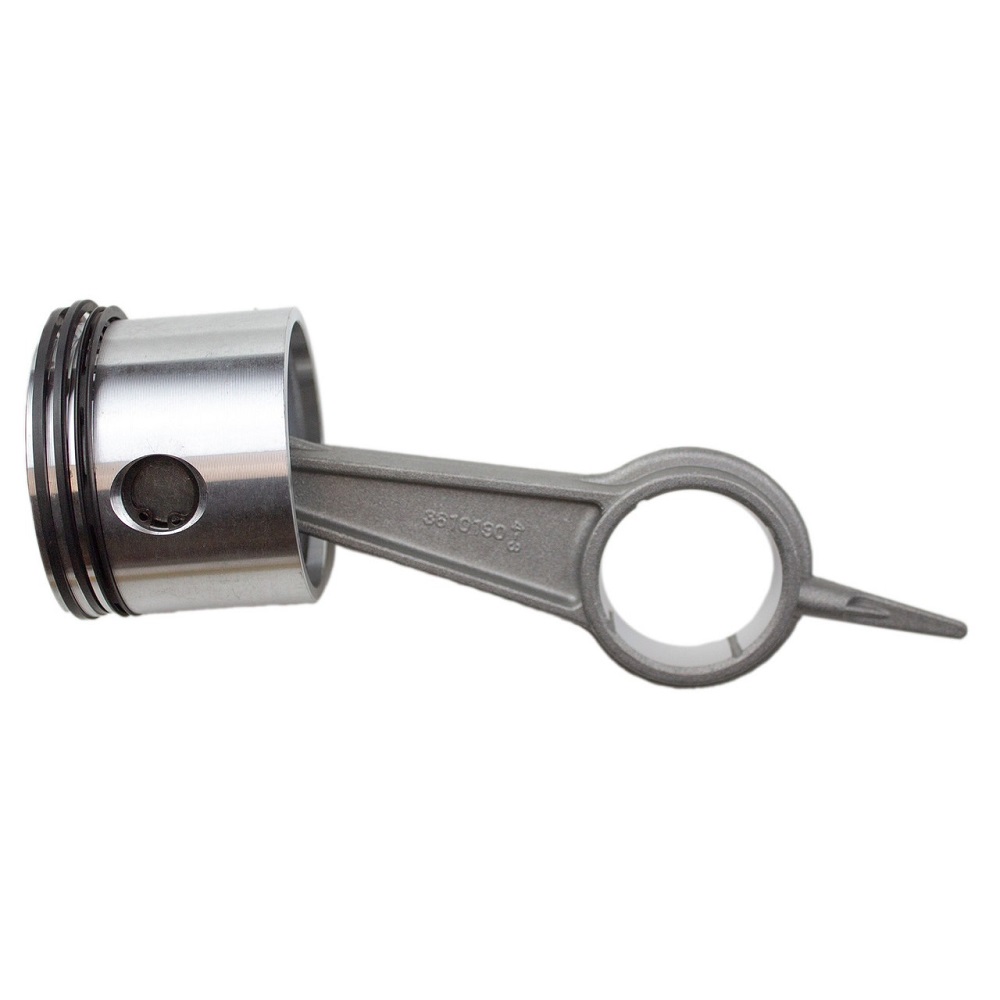
Understanding Engine Performance Metrics
Evaluating Performance Aspects
When considering the importance of piston shafts, understanding the various performance metrics is crucial. Engine performance can be measured in terms of horsepower, torque, and fuel economy. The efficiency of the piston shaft directly impacts these metrics, as it plays a significant role in transferring power from the pistons to the crankshaft. A well-designed piston shaft can improve torque delivery and enhance overall engine response. Higher torque output allows for better acceleration, making vehicles more pleasurable to drive, especially for performance enthusiasts.
Importance of Durability and Reliability
Durability is another key performance metric for piston shafts. They must withstand extreme conditions, such as high temperatures and pressures, while maintaining integrity over time. Engineers often use fatigue analysis to evaluate how well materials and designs will hold up under these stressful conditions. By selecting high-quality materials and implementing advanced design techniques, engineers can enhance the endurance of the piston shaft. A durable piston shaft leads to fewer mechanical failures and maintenance requirements, providing peace of mind for drivers.
The Future of Piston Innovation
The Rise of Electric Vehicles
As the automotive landscape shifts towards electric vehicles (EVs), the role of piston shafts in traditional internal combustion engines may change. While piston shafts will remain critical in conventional engines, advancements in battery technology, electric motors, and lightweight materials will play a growing role. Even as the industry evolves, the foundational principles behind piston shafts will remain relevant. Moreover, engineers can apply lessons learned from piston technology to enhance the performance and efficiency of electric drivetrains.
Continuing Research and Development
Research and development continue to play an integral role in the evolution of piston shaft technology. Innovation in materials science, such as the use of composites or advanced alloys, can lead to lighter and more durable shafts. Simultaneously, computational fluid dynamics (CFD) is increasingly being utilized to analyze and improve the airflow and combustion processes within engines. Ongoing studies in piston shaft design and engineering are vital for keeping up with the ever-changing automotive landscape, ensuring that future vehicles are both powerful and efficient.
Conclusion: The Journey of Piston Shaft Engineering
Celebrating Progress and Innovation
In conclusion, the piston shaft is more than just a component in an internal combustion engine; it represents a blend of engineering prowess and material science. As the automotive industry continues to innovate, the importance of design and functionality in piston shafts cannot be overstated. From addressing environmental concerns to enhancing fuel efficiency, engineers are pushing the boundaries of what is possible in engine technology. The knowledge gained from studying piston shafts informs future advancements across all areas of automotive engineering.
Looking Toward a Sustainable Future
As we reflect on the role of piston shafts, it is clear that their evolution will play a significant part in the journey toward sustainability. By adopting new materials, improving designs, and focusing on efficiency, the automotive industry can reduce its impact on the environment. Innovations in piston shaft technology will lead to cleaner, more efficient engines, benefiting both consumers and the planet as a whole.
Embracing the Challenges Ahead
As challenges related to emissions, fuel efficiency, and performance continue to arise, the field of piston shaft engineering remains dynamic. Engineers are constantly exploring solutions to meet regulatory pressures while maintaining performance standards. The future of piston shafts is bright, filled with possibilities for innovation and improvement. Embracing these challenges will lead to better-performing vehicles and more sustainable practices.
The Importance of Continuous Learning
Finally, for those involved in the automotive industry, the journey of understanding piston shafts and their design is ongoing. Continuous learning and adaptation to new technologies are essential for success. As new materials, designs, and innovations emerge, staying informed allows professionals to remain competitive and relevant in a rapidly changing industry. The evolution of piston shaft technology is not just a technical journey; it reflects a broader commitment to excellence and sustainability in automotive engineering.
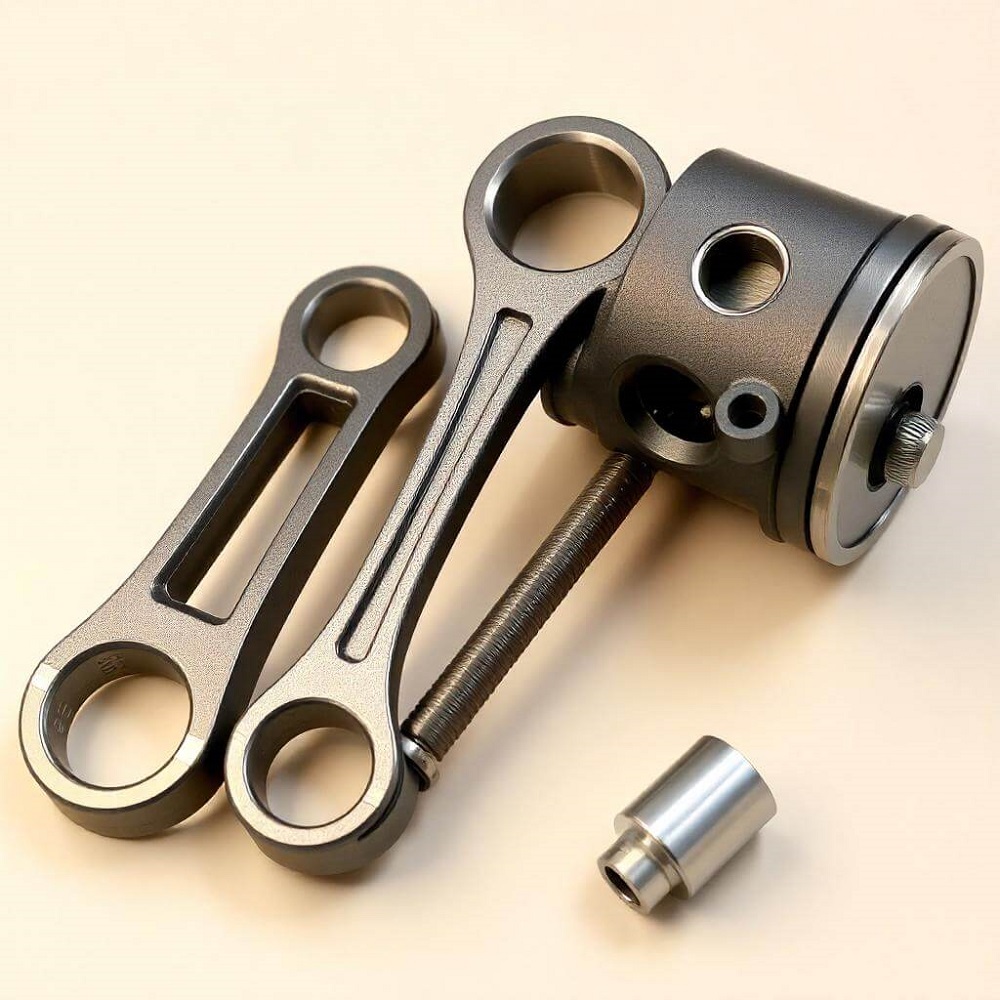
Leave a Reply